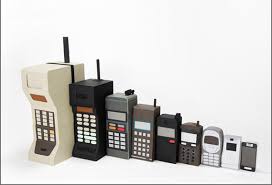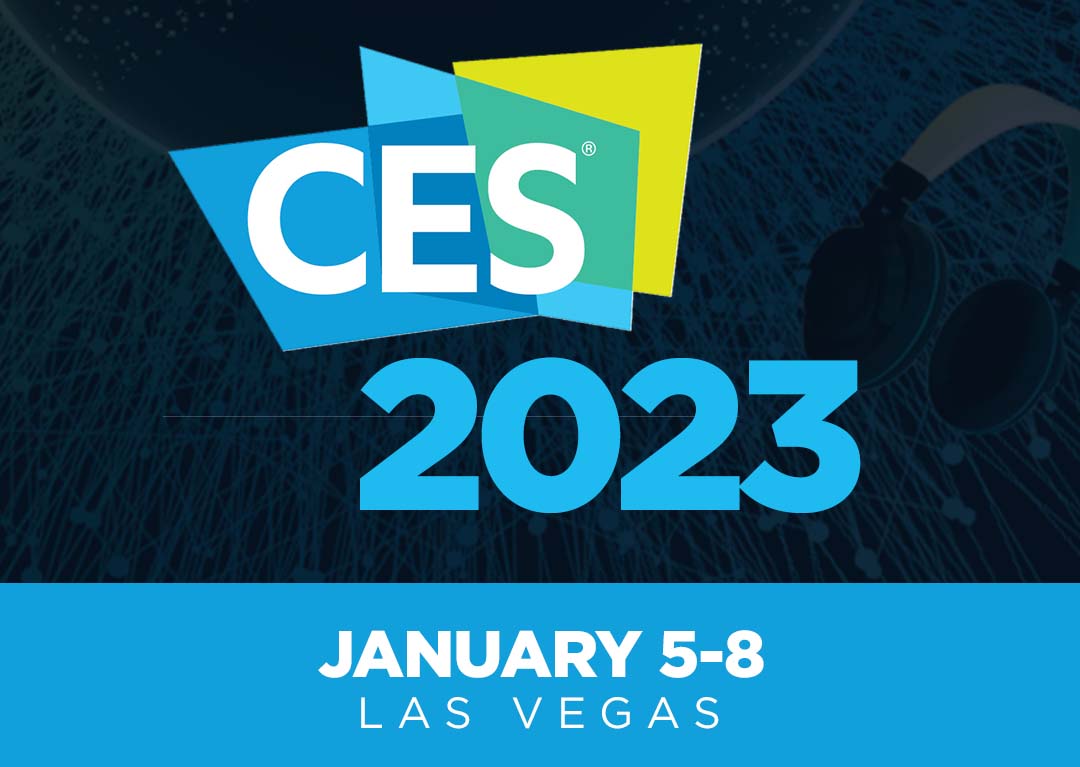Nuance Audio is a new option for people who resist traditional aids, from the company that makes Ray-Bans and operates LensCrafters.
Seekers of Meaning Podcast Posted Online March 7, 2025
What's Next Longevity Deal Talk Episode 32, January, 2025
Presentation: What's Next Longevity Venture Summit, June, 2025

 Technology solutions augment care – not replacing family or support. The categories of technology offerings help older adults age successfully and include independent market segments – each useful – but together, they complete a puzzle for a fulfilling and interactive life for older adults, enabled with the support of families and caregivers and include the sub-categories as shown in the examples at the end of the
Technology solutions augment care – not replacing family or support. The categories of technology offerings help older adults age successfully and include independent market segments – each useful – but together, they complete a puzzle for a fulfilling and interactive life for older adults, enabled with the support of families and caregivers and include the sub-categories as shown in the examples at the end of the  CES 2023 is, as the sponsors say, a wrap.
CES 2023 is, as the sponsors say, a wrap.